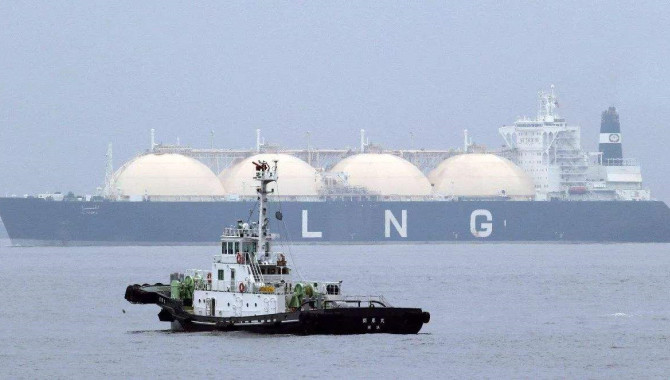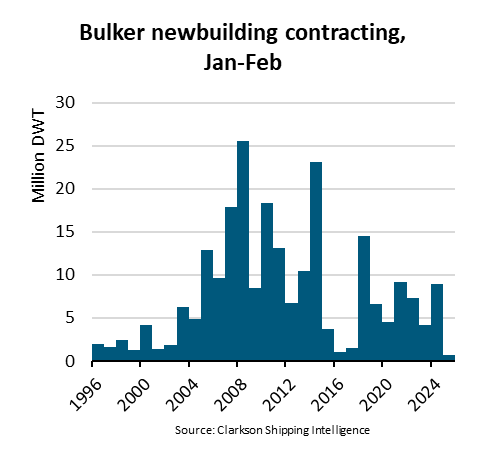
China is projected to overtake Japan as the world's largest LNG importer by 2022. China's decline in February imports from the coronavirus outbreak was viewed as a temporary setback as China's overall gas demand is met by rising imports of LNG, pipeline gas and domestic supplies.
China imported 60mn t of LNG in 2019, up by 18pc from 2018. Imports are projected to reach 99mn t by 2025 and overtake Japan by 2022, the Australian government's commodity forecaster the Office of the Chief Economist (OCE) said.
China's LNG imports in February declined by 7.1pc from a year earlier. The OCE has not broken down Chinese import volume in each year in the outlook to 2025.
The impacts of the coronavirus have reduced gas demand in China's power and industrial sectors, with LNG more affected than pipeline imports and domestic production.
LNG cargoes have been delayed and diverted amid rising inventories. Inventories already stand at highs because of a mild winter and transportation bottlenecks.
The impacts of the coronavirus may make it harder for China to meet the terms of the recent US-China phase one trade deal signed on 15 January, OCE said. The trade deal set a target of around $27bn for energy purchases by China in the first year after it takes effect on 14 February, rising to $42bn in the following year. The US exported only $3.5bn of energy commodities to China in 2019.
LNG accounted for around 27pc of China's gas consumption in 2019, and is expected to continue to play a major role in meeting China's rapidly rising needs for gas. Growth in Chinese gas demand is expected to be driven by government policies to reduce air pollution and raise the share of gas in the overall energy mix.
China's gas demand will also be met by growth in domestic gas production, which accounted for 57pc of gas consumption in 2019, and pipeline imports were 16pc of gas consumption last year.
China produced 175bn m³ of gas in 2019 and will need to increase this by 18pc this year in order for the country to meet the 2020 production target of 207bn m³. China faces difficulties, such as geological conditions in raising domestic output. There is also significant uncertainty over whether the target will be met, according to OCE.
China's pipeline gas imports were largely flat in 2019, at 49bn m³, but pipeline imports are expected to rise over the next few years. Russia's Power of Siberia pipeline to northeast China opened on 2 December, and is expected to ramp up towards full capacity of 38bn m³ by 2025.
Source:Argus
The opinions expressed herein are the author's and not necessarily those of The Xinde Marine News.
Please Contact Us at:
admin@xindemarine.com


 Ningbo Containerized Freight Index Weekly Commentar
Ningbo Containerized Freight Index Weekly Commentar  Ningbo Containerized Freight Index Weekly Commentar
Ningbo Containerized Freight Index Weekly Commentar  Ningbo Containerized Freight Index Weekly Commentar
Ningbo Containerized Freight Index Weekly Commentar  BIMCO Shipping Number of the Week: Bulker newbuildi
BIMCO Shipping Number of the Week: Bulker newbuildi  Ningbo Containerized Freight Index Weekly Commentar
Ningbo Containerized Freight Index Weekly Commentar  Ningbo Containerized Freight Index Weekly Commentar
Ningbo Containerized Freight Index Weekly Commentar